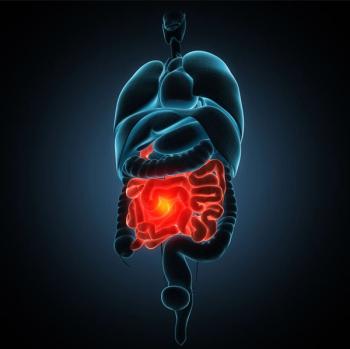
Esophageal Malfunction: Can You Name the Cause?
Eosinophilic esophagitis is a chronic inflammatory condition believed to be secondary to an allergic trigger (food vs environmental).
A 24-year-old man presents to the emergency room with a food impaction after eating roast beef for dinner. He is able to control his secretions. On review of systems, he notes difficulty in swallowing certain solid foods during the past few months and eating at a slower pace than others. His only medication is ibuprofen as needed. He undergoes upper endoscopy, which demonstrates concentric rings and longitudinal furrows in his esophagus.
Which of the following is the most likely diagnosis?
A. Pill-induced esophagitis
B. Erosive esophagitis
C. Peptic stricture
D. Eosinophilic esophagitis
E. Candidal esophagitis
Answer: D. Eosinophilic esophagitis (EoE) is a chronic inflammatory condition. The etiology is believed to be secondary to an allergic trigger (food vs environmental). His age and endoscopic features suggest this diagnosis.
Ibuprofen may lead to pill-induced esophagitis; however, mucosal breaks would be expected to be seen on endoscopy.
Erosive esophagitis and peptic strictures are features of long-standing GERD. Of note, peptic strictures are no longer commonly seen on endoscopy since the introduction of acid suppressants. On endoscopy, this presents as a smooth taper in the lower esophagus.
Finally, candidal esophagitis would more likely present in immunocompromised patients or with the use of corticosteroids. This classic presentation would be odynophagia and endoscopically, white plaques are typically seen on the mucosa.
Newsletter
Enhance your clinical practice with the Patient Care newsletter, offering the latest evidence-based guidelines, diagnostic insights, and treatment strategies for primary care physicians.




















































































































































































































































































